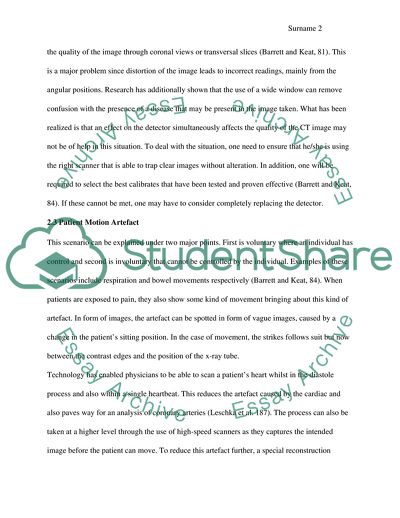Cite this document
(Artifact in Computed Tomography Coursework Example | Topics and Well Written Essays - 1500 words, n.d.)
Artifact in Computed Tomography Coursework Example | Topics and Well Written Essays - 1500 words. https://studentshare.org/health-sciences-medicine/1836764-artifact-in-computed-tomography
Artifact in Computed Tomography Coursework Example | Topics and Well Written Essays - 1500 words. https://studentshare.org/health-sciences-medicine/1836764-artifact-in-computed-tomography
(Artifact in Computed Tomography Coursework Example | Topics and Well Written Essays - 1500 Words)
Artifact in Computed Tomography Coursework Example | Topics and Well Written Essays - 1500 Words. https://studentshare.org/health-sciences-medicine/1836764-artifact-in-computed-tomography.
Artifact in Computed Tomography Coursework Example | Topics and Well Written Essays - 1500 Words. https://studentshare.org/health-sciences-medicine/1836764-artifact-in-computed-tomography.
“Artifact in Computed Tomography Coursework Example | Topics and Well Written Essays - 1500 Words”. https://studentshare.org/health-sciences-medicine/1836764-artifact-in-computed-tomography.


